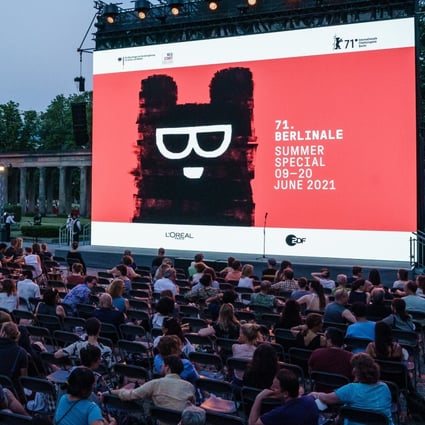The Rise of Classic Film Screenings After The Pandemic
Understanding The Appeal
Theatres are showing more classic films these days because they know it will draw large audiences. Nostalgic moviegoers want the experience of seeing beloved films from decades past on the big screen, an experience that just can’t be replicated at home. When a theatre screens films like Gone with the Wind or the original Friday the 13th, people flock to theaters, packing the seats nearly every showing. There is truly nothing like witnessing these cinematic masterpieces as they were meant to be seen.
The Communal Joy of Shared Nostalgia
While some classic films can be streamed or rented, nothing compares to watching them in a theatre filled with other fans. The laughter, gasps and general excitement of the crowd create an energetic atmosphere. Audiences feel a sense of community bonding over their shared nostalgia and passion for these timeless films. In places like Austin, regular classic film series at historic movie palaces like the Paramount Theatre have cultivated devoted followings. Events centered around anniversary screenings, like Casablanca’s with guest commentary, elevate the experience into memorable events.
A Escape from Today’s Troubled Times
Especially after the isolating difficulties of the pandemic, people long for communal experiences that transport them to happier times. Classic movies from the golden eras of Hollywood cinema are ideal for this. Their sheer watchability and feel-good nostalgia provide distraction and joy, a welcome escape from dwelling on today’s problems. Iconic films like Roman Holiday and Groundhog Day feel uplifting in their depictions of romance, humor and life’s simple pleasures. Their re-screening offer comfort and connection, helping theatergoers temporarily forget world troubles through shared nostalgia.
Appreciating Filmmaking Craft Before CGI Dominance
Many older films have aged well because they relied more on plot, dialogue and performances than visual effects spectacles. Their use of in-camera techniques give them a tangible, human quality missing from much computer-generated cinema. Films like Whatever Happened to Baby Jane? gain power from their skilled direction and star’s gripping acting. Comparatively, overuse of digital trickery in modern blockbusters often feels artificial and visually noisy. Their screenings are a chance to appreciate pre-CGI filmmaking craftsmanship and dramatic storytelling finesse.
Part of Cinephile Culture
For dedicated movie lovers or cinephiles, classic film screenings fulfill an important cultural role. They preserve movies as an art form meant for the big screen experience. Regal theaters become makeshift film archives through periodic revivals. Cinephiles consider such events almost scholarly in nature, another way to discuss and analyze the enduring works of film history. The shared enthusiasm of packed houses amplifies appreciation for these restored works of art. Their faithful screenings ensure new generations can discover the magic of cinema’s greatest treasures.
Reconnecting with the Past
For many older viewers, classic films carry deep personal memories from formative times in their lives. Revisiting beloved titles on the silver screen is a way to reconnect with their youth. The familiar stories, sounds and images transport them back to seeing these films for the first or countless subsequent times. In an increasingly unstable world, such reassuring trips to the past provide comfort. For all ages, classic movies are touchstones that remind us of life’s constant - our ability to journey into different eras and places through the magic of cinema. 
